Enhancing Veterinary Sterilization: Discover the Power of Kalstein Veterinary Autoclaves
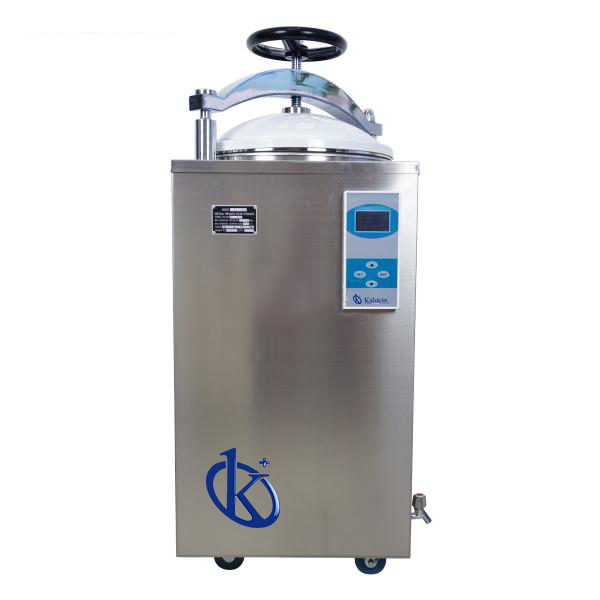
Kalstein Veterinary Autoclave: Trusted Excellence in Sterilization When it comes to veterinary equipment, trust and reliability are paramount. Kalstein has positioned itself as a leading name in the field, especially with its trusted line of Veterinary Autoclaves. As someone who has extensively used and reviewed these units, I can confidently say that what sets Kalstein […]
Revolutionizing Medical Imaging: The Comprehensive Guide to Kalstein’s Ultrasound Scanners
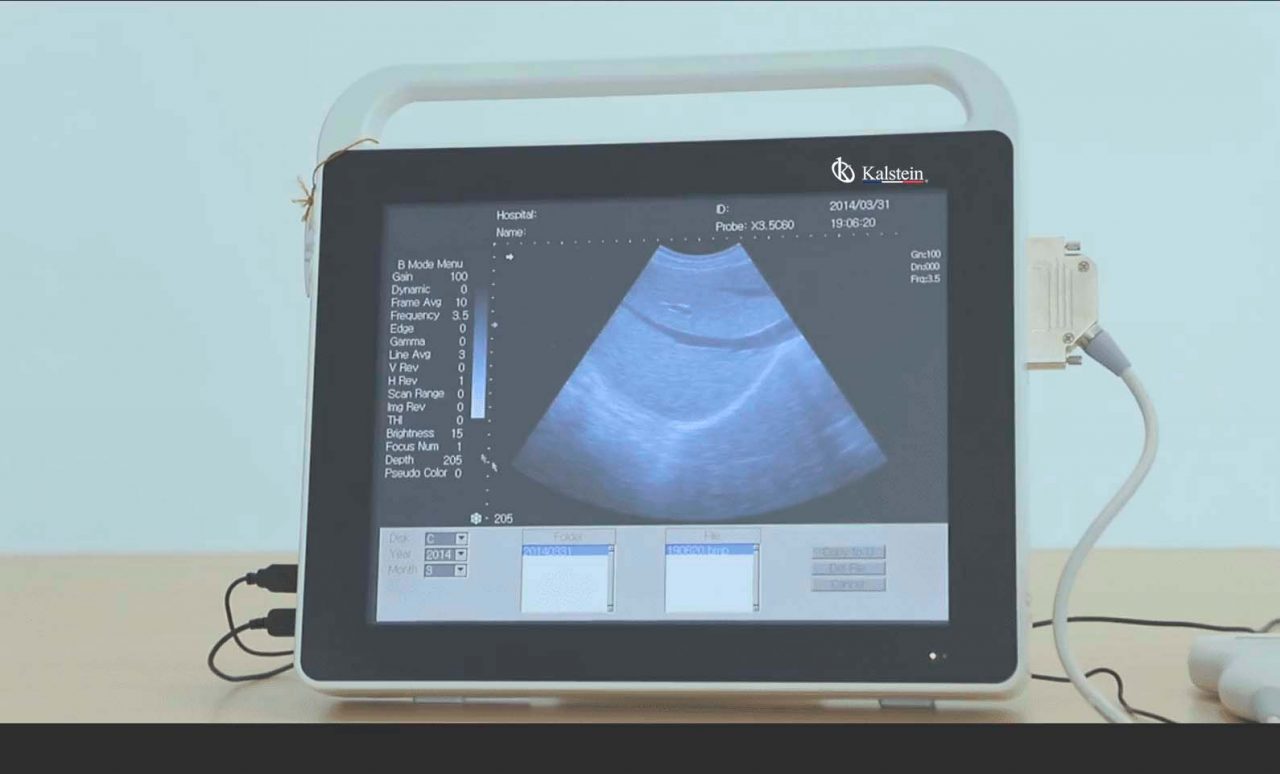
Ultrasound Scanner, Brand Kalstein As an insider in the field of medical technology, I’ve had the chance to extensively work with Kalstein’s Ultrasound Scanners. From the moment you unbox a Kalstein machine, it’s evident that this company puts a lot into offering state-of-the-art medical imaging equipment. The robust design and intuitive interface of their Ultrasound […]
Exploring the Benefits and Features of Kalstein’s Microwave Digesters

Microwave Digester: Kalstein Brand The world of laboratory equipment is filled with innovations that aim to simplify and enhance the precision of chemical analysis. One such groundbreaking innovation is the microwave digester from the renowned manufacturer, Kalstein. Boasting advanced technological capabilities, these microwave digesters are designed to streamline the digestion process, a crucial step in […]
Explore the Innovative Veterinary ICU Incubator: Excellence in Pet Care
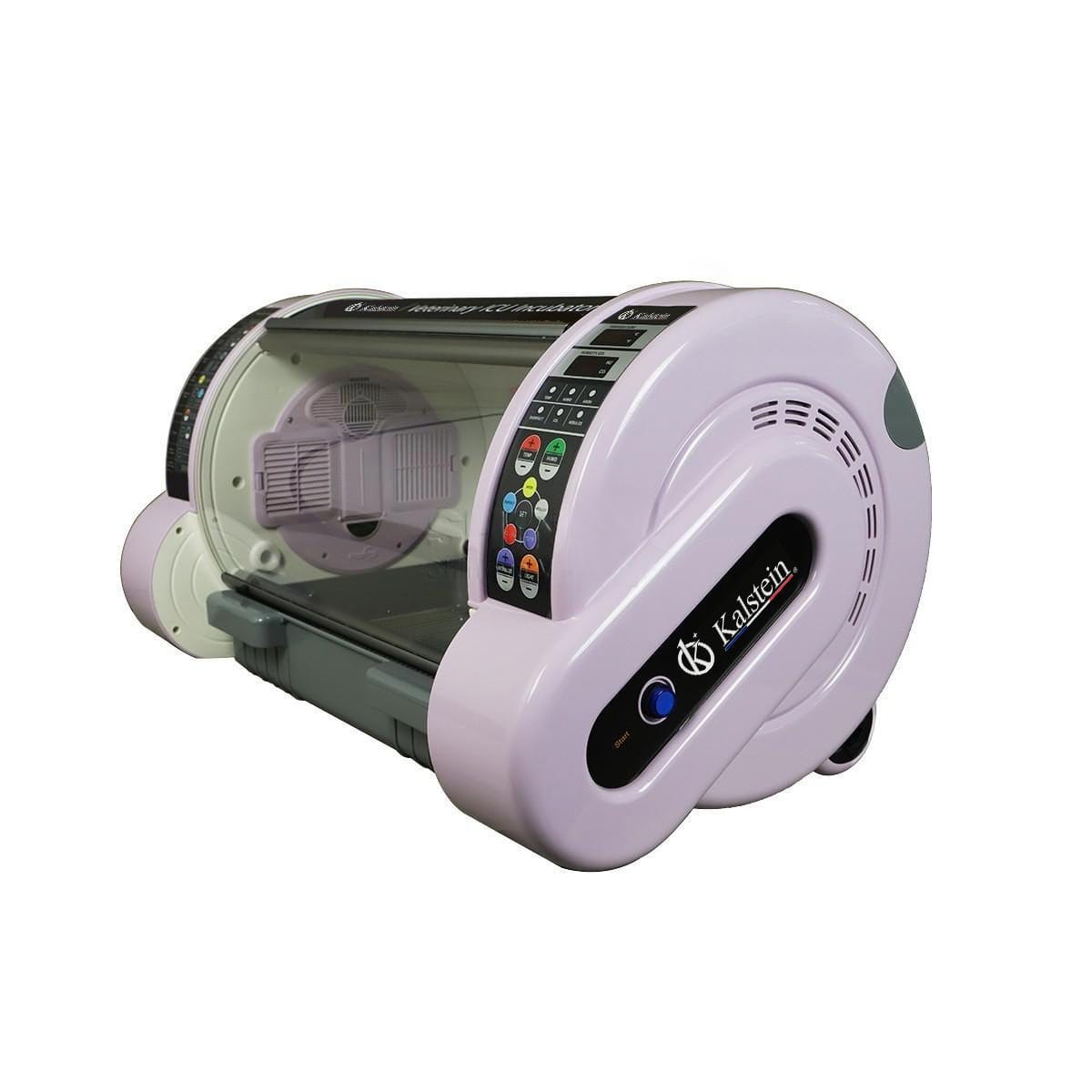
Veterinary ICU Incubator by Kalstein The Veterinary ICU Incubator by Kalstein stands out as a game-changer in the realm of veterinary care. Designed with precision and the needs of pets in mind, this incubator offers an optimal environment for veterinary critical care. As someone who has witnessed its capabilities first-hand, I can attest to its […]
Exploring the Kalstein Anaesthetic Machines: A Comprehensive Guide
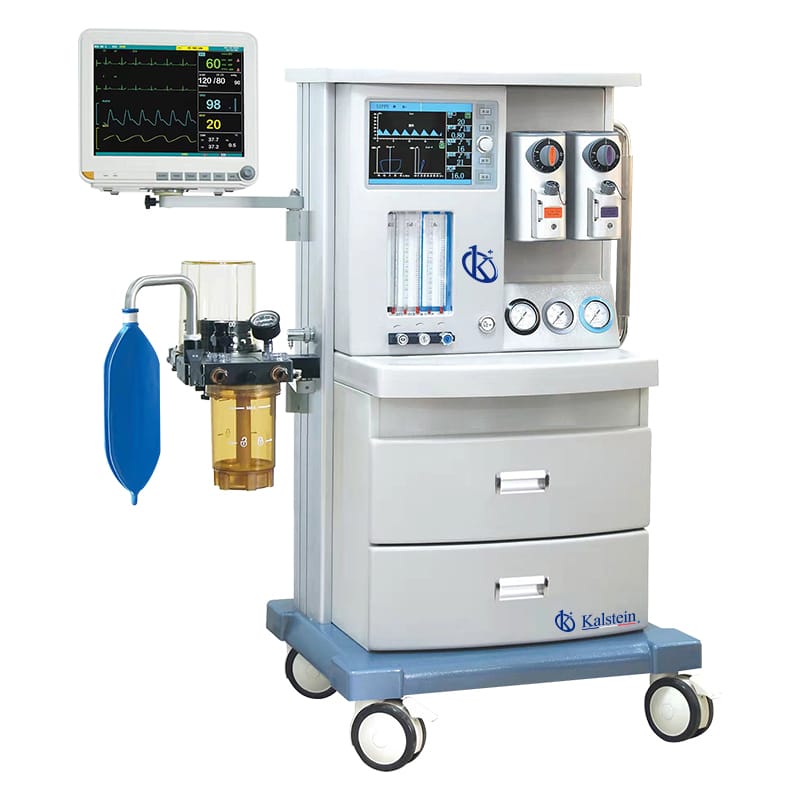
Anaesthetic Machine, Brand Kalstein Kalstein’s Anaesthetic Machines are renowned in the medical field for their high precision and reliability. As someone who has experienced the functionality and efficiency of these machines first-hand, I can attest to their superior design and performance in various medical settings. Kalstein has built its reputation by consistently delivering medical equipment […]
Water Baths Circulators Chillers: The Ultimate Laboratory Solution
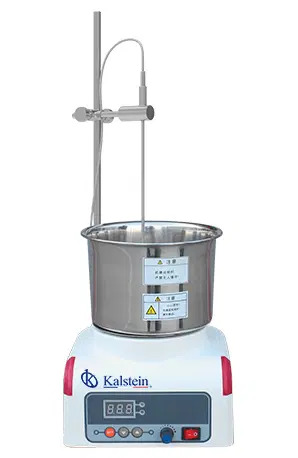
Water Baths Circulators Chillers, Brand Kalstein As someone who has had the chance to explore the innovative range of Water Baths Circulators Chillers by Kalstein, I can confidently say that they are among the best in the market. It’s not just about maintaining water temperature; it’s about precision and reliability. Whether you are working in […]
Exploring the Benefits and Features of the Veterinary Underwater Treadmill: A Must-Have for Pet Rehabilitation

Veterinary Underwater Treadmill: Kalstein’s Revolutionary Offering As someone deeply invested in the advancement of veterinary practices, I find the Veterinary Underwater Treadmill offered by Kalstein to be a groundbreaking piece of equipment. It’s not just an innovation; it’s a revolution in how we approach pet rehabilitation. Designed with precision and expertise, this treadmill provides an […]
Discover the Excellence of Kalstein Operation Tables

Kalstein Operation Tables: Innovation and Reliability When it comes to operation tables, Kalstein stands out as a leading brand in medical equipment. Over the years, Kalstein has established itself as a trusted name, offering products that incorporate cutting-edge technology and state-of-the-art design. As someone who has had the opportunity to work with these tables, I […]
Revolutionizing Laboratory Research: The Role of Microplate Reader in Modern Science
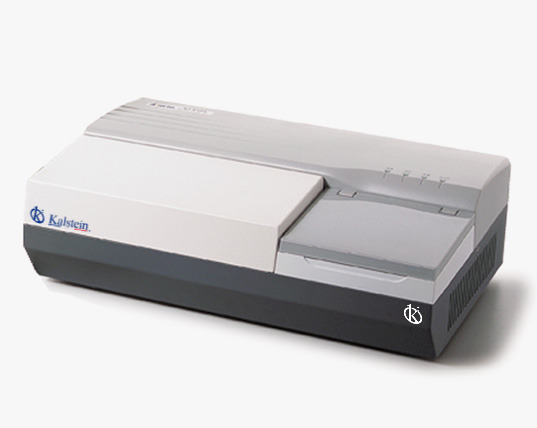
Microplate Reader, Brand Kalstein Microplate Readers have become an indispensable tool in modern laboratories worldwide. With evolving technology, selecting the right Microplate Reader is crucial for the quality and efficiency of scientific research. Kalstein, a leading name in laboratory equipment, has introduced a range of Microplate Readers that cater to varied scientific needs, offering precision […]
Comparative Analysis of Portable Veterinary Video Endoscopes: Kalstein vs. UEVE

The world of veterinary care increasingly relies on technological advancements to ensure the best outcomes for animal diagnostics. Among the vital tools in this domain are portable veterinary video endoscopes. Two popular options in the market are the Portable Veterinary Video Endoscope YR06151//YR06155 from Kalstein and the Portable Video Endoscope KX5600V from UEVE. Both devices […]
